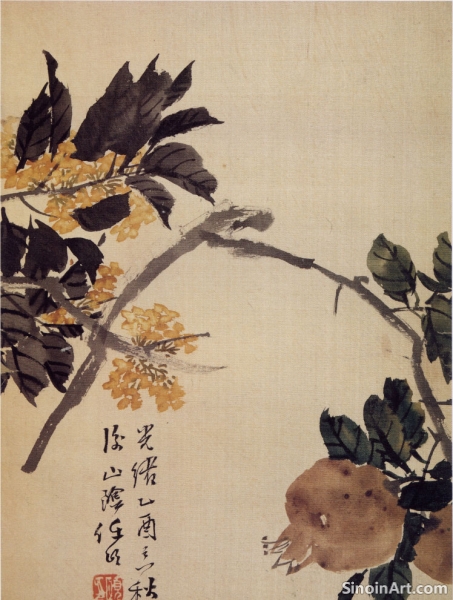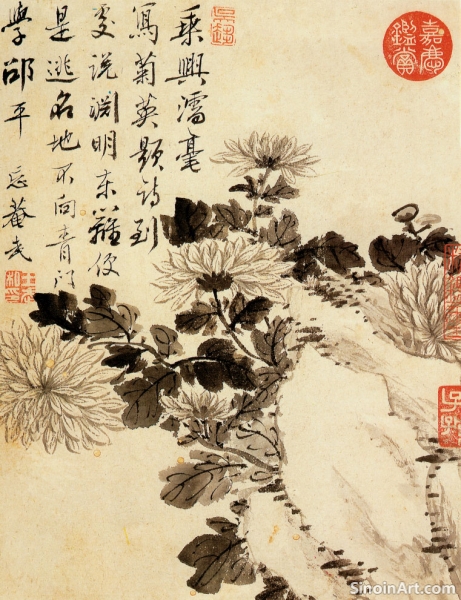Preserving Gongbi: The Importance of Education and Practice
|
The future of Gongbi painting depends on our collective efforts to preserve its unique techniques and traditions. Education and practice play a vital role in ensuring that this ancient art form continues to flourish for generations to come. The need for proper teaching cannot be underestimated.  Passing down the knowledge and skills of Gongbi to younger generations is crucial. This can be achieved through art schools, workshops, and mentorship programs, where experienced artists can share their expertise with aspiring painters. It’s not just about learning the practical aspects, but also the spiritual and philosophical aspects of the work.  Encouraging practice and experimentation is equally important. It is through the consistent application of traditional methods, while also allowing space for new innovations, that the art can evolve. Young artists should learn from the past, but also push the artform into the future. It's this balance that will allow Gongbi to thrive.  Supporting Gongbi artists is also important for its survival. By showcasing their work in galleries and exhibitions, purchasing their art, and promoting their practice through online platforms, we can help ensure that Gongbi continues to have a place in the cultural landscape. Artists need support from the community to continue their work. The preservation of Gongbi is not just a matter of cultural heritage; it is also about nurturing a unique artistic perspective that connects us to the beauty and wisdom of the past. By valuing and supporting this art form, we can ensure that its delicate beauty will continue to enrich our lives for generations to come. This heritage is something worth preserving. |
Tag : Preserving Gongbi art, art education, traditional painting practice, Chinese art heritage, art mentorship programs
Related information
- Gongbi Painting and the Concept of "Qi Yun Sheng Dong"
- Gongbi and the Use of Stippling and Pointillism Techniques
- Gongbi Painting and Storytelling: Narrative Through Detail
- Gongbi and the Court: Patronage and Artistic Standards in Imperial China
- Gongbi and the Representation of Textiles and Patterns
This article explores the significance of “Qi Yun Sheng Dong” (spirit resonance and lifelike movement) in Gongbi painting, highlighting the artist’s pursuit of capturing the essence and vital energy of the subject matter beyond mere visual representation.
This article explores the use of stippling and pointillism techniques in Gongbi painting, highlighting how the careful application of dots or points of color creates unique textures, visual effects, and expands the range of expression within this traditional art form.
Explores the narrative power of Gongbi painting, highlighting its ability to tell stories through detail, symbolism, and historical or mythological depictions.
The history of Gongbi painting is intrinsically linked to the imperial courts of China, where it flourished under the patronage of emperors and the elite classes. The demand for highly detailed and realistic depictions of the natural world and court life led to the development of the meticulous techniques and refined aesthetic characteristic of the Gongbi tradition. This patronage significantly shaped the evolution and preservation of this distinctive style.
This article explores the meticulous representation of textiles and patterns in Gongbi painting, highlighting the detailed linework, color variations, and how these elements convey texture, volume, and contribute to the overall narrative of the artwork.